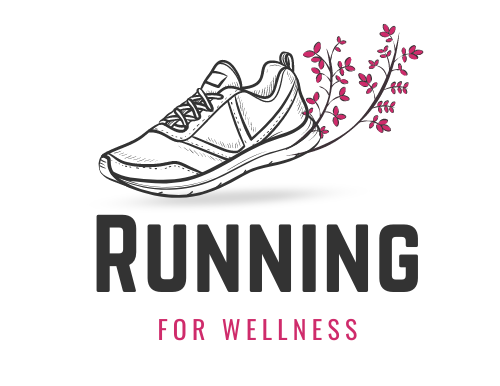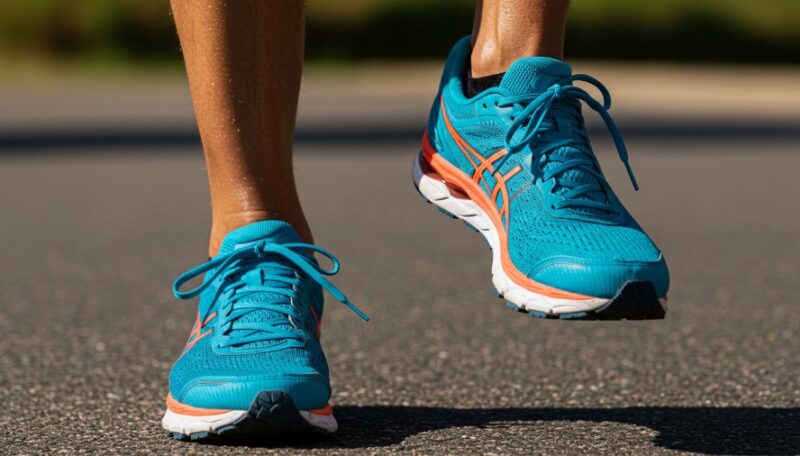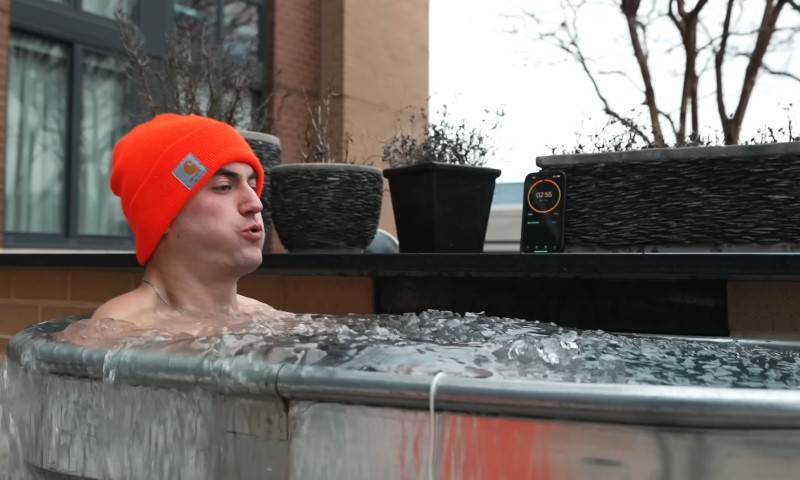Selecting the right running shoes for road, trail, and track surfaces comes down to matching the shoe’s design with the demands of your running environment. Road running shoes prioritize cushioning and lightweight responsiveness for hard, flat surfaces.
Trail running shoes focus on traction, foot protection, and stability on uneven, muddy, or rocky terrain. Track shoes are optimized for speed with minimal weight and spike compatibility for grip on synthetic tracks.
Choosing the wrong type can increase your risk of injury, decrease performance, and leave you uncomfortable during runs. Knowing the differences and what to look for in outsole patterns, cushioning, drop, and fit will help you pick shoes that keep you running longer, safer, and with more joy.
Table of Contents
ToggleRoad Running Shoes: Comfort and Shock Absorption for Pavement
Road running shoes are designed for asphalt, concrete, and other hard surfaces, providing shock absorption and a smoother ride. These shoes typically have more cushioning to reduce impact on your joints and tend to be lighter to allow longer runs without fatigue. They often feature smooth, shallow tread patterns to maintain contact with flat surfaces, which improves energy efficiency during your stride.
Modern road shoes often use advanced foam technologies such as Nike ZoomX, Saucony PWRRUN PB, or Adidas Lightstrike Pro, reducing weight while increasing energy return. For context, the average marathoner’s foot strikes the ground around 40,000 times during a race, amplifying the need for adequate cushioning. Studies show that runners who use appropriate road shoes reduce their risk of overuse injuries, including shin splints and knee pain, by as much as 30% compared to using general-purpose trainers.
Key Features of Road Running Shoes
| Feature | Details |
| Cushioning | Medium to high for shock absorption |
| Tread Pattern | Smooth, shallow grooves |
| Weight | Lightweight (200–300g for men’s size 9) |
| Drop | 6–10mm for gradual heel-to-toe transition |
| Ideal Use | Pavement, sidewalks, treadmill |
Trail Running Shoes: Grip and Protection for Rugged Terrain
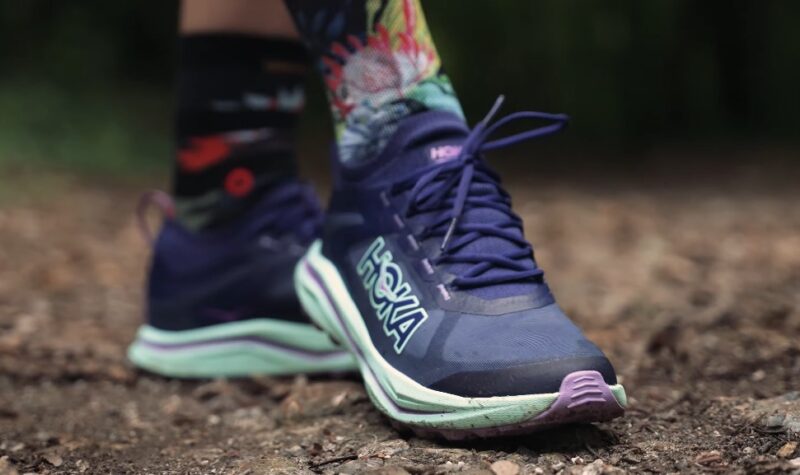
Trail running shoes are built to handle dirt, mud, gravel, rocks, and roots, offering enhanced grip, stability, and protection. They use aggressive lug patterns on the outsole for traction, preventing slips on loose or muddy surfaces. Many feature rock plates embedded in the midsole to protect feet from sharp stones and roots without sacrificing flexibility.
Trail shoes also often have reinforced uppers with water-resistant materials to handle wet environments while offering protection against debris. While slightly heavier than road shoes, the trade-off is stability, security, and foot protection. For example, a 2023 survey by RunRepeat found that trail runners experienced 22% fewer ankle sprains when using trail-specific shoes compared to road shoes on trails.
Table: Key Features of Trail Running Shoes
| Feature | Details |
| Cushioning | Medium, with protective rock plates |
| Tread Pattern | Aggressive lugs for traction |
| Weight | Moderate (250–350g for men’s size 9) |
| Drop | 0–8mm for stability on uneven ground |
| Ideal Use | Dirt trails, mud, rocky terrain |
Track Running Shoes: Speed and Precision
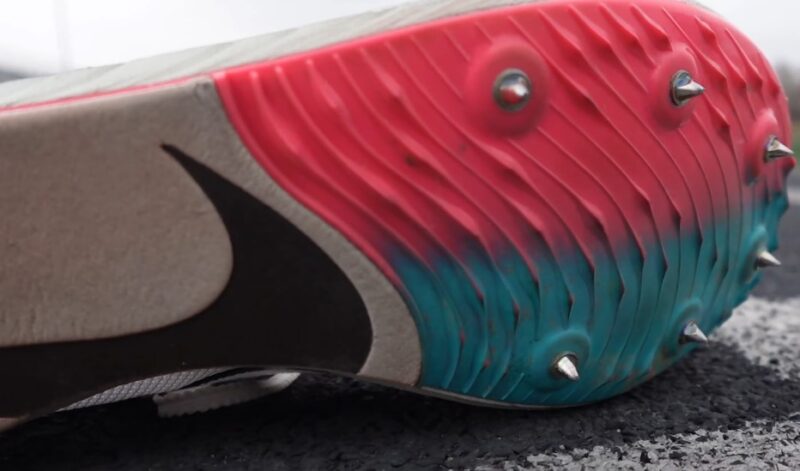
Track shoes are designed for speed and efficiency on synthetic running tracks. They are lightweight, have minimal cushioning, and are often spike-compatible to improve grip and reduce slippage during sprints and middle-distance events. Track spikes vary by event, with sprint spikes offering more rigidity and middle-distance spikes providing slight cushioning for comfort.
The lightweight design of track shoes (sometimes under 150g) enables runners to maximize turnover and maintain high speeds without the drag of extra cushioning or structure. According to World Athletics, competitive runners can improve their sprint times by 0.1 to 0.3 seconds over 100 meters using appropriate spikes compared to flat-soled trainers.
Key Features of Track Running Shoes
| Feature | Details |
| Cushioning | Minimal, focused on ground contact |
| Tread Pattern | Smooth or spike plate |
| Weight | Very lightweight (100–150g for men’s size 9) |
| Drop | 0–4mm for direct ground contact |
| Ideal Use | Synthetic tracks, racing |
Fit and Gait: The Foundation for Any Surface

Regardless of surface, proper fit and gait compatibility are critical in preventing injuries and enhancing performance. Always consider:
- Arch type: High arches may need more cushioning; flat feet may need stability.
- Gait pattern: Overpronators benefit from stability shoes; neutral runners can use neutral shoes.
- Toe box fit: Ensure there is ~1 thumb’s width of space at the toe.
- Heel fit: Snug but not tight, avoiding heel slippage.
Get a gait analysis at a specialty running store or use slow-motion video to check if your foot rolls inward (pronation) or outward (supination) while running.
During your exploration of shoe types and fitting, you may encounter discussions about orthotic insoles such as PCSsole in running forums and physiotherapy recommendations.
According to many physiotherapists, adding structured insoles can help align your foot posture, particularly if you have flat feet or overpronation tendencies, and may aid in distributing pressure more evenly during longer runs.
These insoles are not a universal solution, but can be a helpful addition for runners who notice arch discomfort or early signs of plantar fasciitis when increasing mileage, regardless of whether you run on road, trail, or track surfaces.
Injury Prevention and Shoe Selection
- 79% of runners experience an injury annually (British Journal of Sports Medicine, 2022).
- Using surface-appropriate shoes can reduce overuse injury risk by 25–30%.
- Incorrect shoe choice is linked to higher rates of plantar fasciitis, shin splints, and stress fractures.
- The average running shoe lifespan ranges from 300–500 miles, depending on body weight and running surface.
- Trail shoes often last 250–400 miles due to rough terrain wear.
- Track spikes typically last one season or 100–150 miles before performance degrades.
Conclusion
Choosing the right running shoes for your surface is an investment in your running longevity and enjoyment. For the road, prioritize cushioning and light weight to protect joints on hard surfaces. For trails, focus on traction, stability, and protection against terrain hazards. For track, choose lightweight shoes or spikes that maximize speed and efficiency. Combine this with proper fit, periodic shoe replacement, and understanding your gait for the best results.
Your feet carry you through every mile—equipping them properly ensures every step is safer, more efficient, and more enjoyable.
Related Posts:
- 25 Simple Running Motivation Tips To Get You Moving
- How Can You Start a Career as a Running Coach?
- How Long Does It Take to Train for a Half Marathon?
- How Far Is a Half Marathon? Everything You Need to Know
- Lower Back Pain While Running? Here's What You Need to Know
- Should You Run on an Empty Stomach? Pros and Cons Explained
